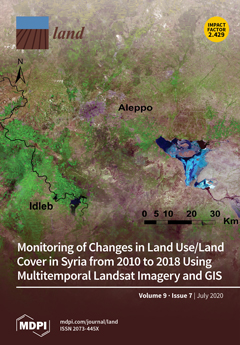Resource information
Globally, coastal communities are impacted by hazards including storm events, rising water levels, and associated coastal erosion. These hazards destroy homes and infrastructure causing human and financial risks for communities. At the same time, the economic and governance capacity of these communities varies widely, impacting their ability to plan and adapt to hazards. In order to identify locations vulnerable to coastal hazards, knowledge of the physical coastal changes must be integrated with the socio-economic profiles of communities. To do this, we couple information about coastal erosion rates and economic data in communities along the Great Lakes to develop a typology that summarizes physical and economic vulnerability to coastal erosion. This typology classifies communities into one of four categories: (1) High physical and economic vulnerability to coastal erosion, (2) High physical but low economic vulnerability to coastal erosion, (3) Low physical and low economic vulnerability to coastal erosion, and (4) High economic but low physical vulnerability to coastal erosion. An analysis of this typology over three time periods (2005–2010), (2010–2014), and (2014–2018) reveals the dynamic nature of vulnerability over this fourteen year time span. Given this complexity, it can be difficult for managers and decision-makers to decide where to direct limited resources for coastal protection. Our typology provides an analytical tool to proactively address this challenge. Further, it advances existing work on coastal change and associated vulnerability in three ways. One, it implements a regional, analytical approach that moves beyond case study-oriented work and facilitates community analyses in a comparative context. Two, the typology provides an integrated assessment of vulnerability that considers economic vulnerability to coastal erosion, which is a contextual variable that compounds or helps mitigate vulnerability. Three, the typology facilitates community comparisons over time, which is important to identifying drivers of change in Great Lakes coastal communities over time and community efforts to mitigate and adapt to these hazards.


